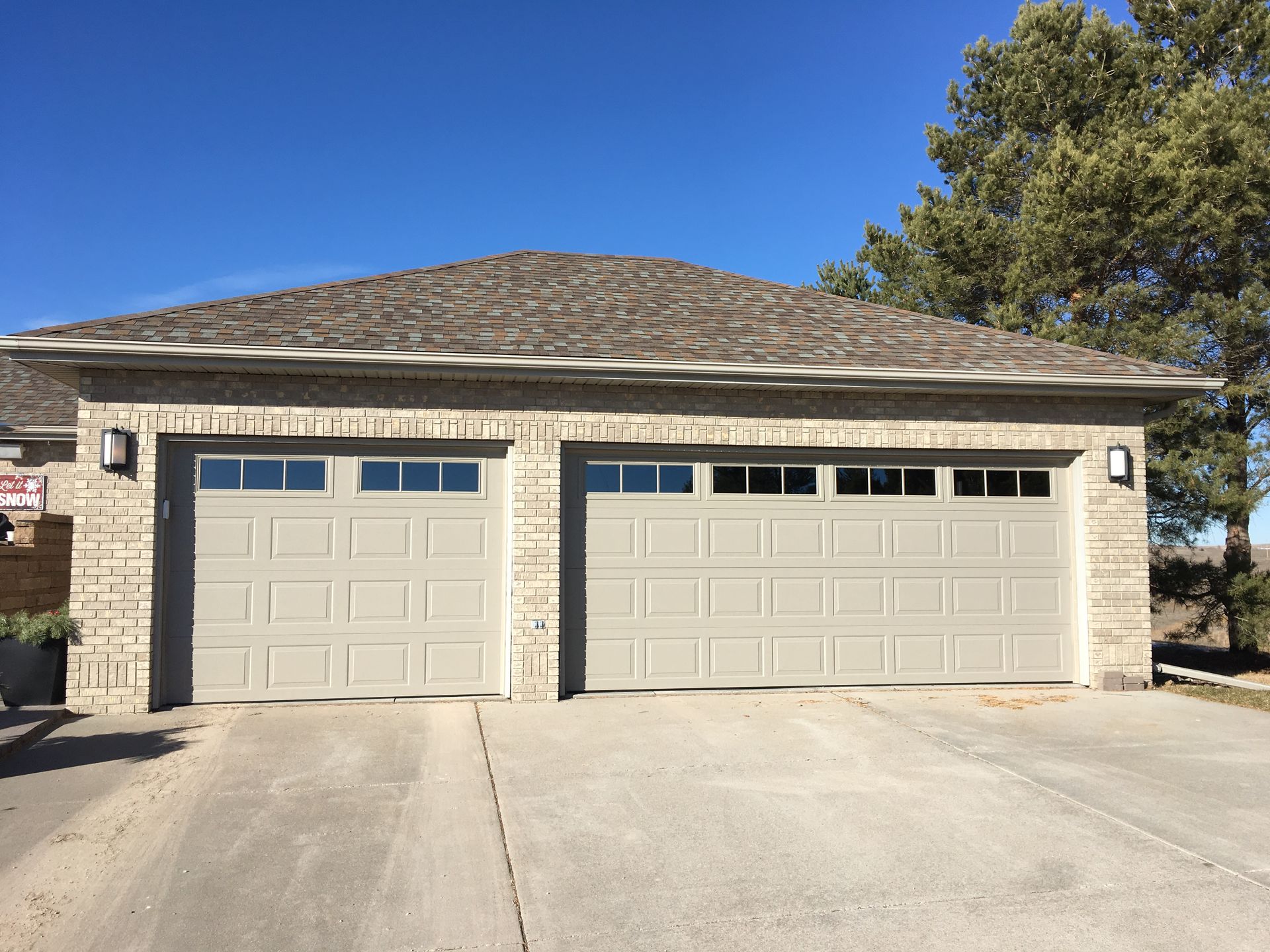The color of your roof affects more than just the look of your home—it can influence your energy efficiency and comfort. Let’s dive into the science of roof colors to determine which one is best for your climate.
How Roof Color Affects Heat Retention and Cooling
Roof color is a major factor in heat absorption. Dark roofs, such as black, absorb heat, increasing the temperature on the roof’s surface and warming your home. White roofs reflect sunlight, keeping your home cooler and easing the load on your air conditioning.
Climate Considerations: When to Go Light or Dark
The color of your roof should be based on your region’s climate:
- Tropical Climates: If you live in a hot climate, a white or light-colored roof will help reflect the sun's heat, keeping your home cooler and saving on energy bills.
- Cold Weather Areas: Darker roofs can help absorb sunlight, retaining warmth and reducing heating bills.
- Temperate Climates: In regions with moderate climates, you may opt for neutral or slightly darker tones, depending on your home’s insulation and energy efficiency requirements.
The Role of Roof Colors in the Urban Heat Island Effect
White roofs are particularly useful for combating the urban heat island effect, where cities experience higher temperatures due to the prevalence of dark roofs and surfaces. These roofs help lower city temperatures and reduce overall energy use.
Weathercraft’s Tips for Choosing the Right Roof Color
When deciding on a roof color, consider the following:
- Weather Conditions: Consider your region's typical weather to select the most effective roof color.
- Durability of Roofing Materials: Make sure your roofing material works well with the color you choose.
- Visual Appeal: Complement your home’s exterior for a cohesive look.
- Cost-Effectiveness: Think about long-term savings in energy costs when selecting a roof color.
At Weathercraft, we guide homeowners in choosing the ideal roof color and material to suit their needs and budgets.
